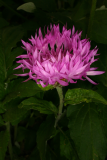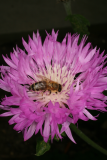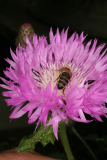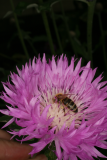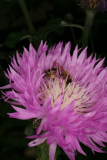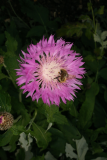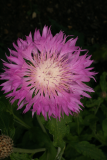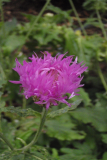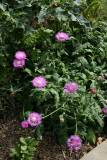Additional notes (click to expand)
Commemorative
cultivar named for John Coutts (1872-1952) Director, Royal Botanic Gardens, Kew.
Oakeley, Dr. Henry F. (2013). Wellcome Library notes.
link
Nomenclature
Centaurea hypoleuca DC Asteraceae. Knapweed. Persian cornflower. 'John Coutts' cultivar named for John Coutts (1872-1952) Director, Royal Botanic Gardens, Kew.
Oakeley, Dr. Henry F. (2013). Wellcome Library notes.
link
Other use
Centaurea hypoleuca DC Asteraceae. Knapweed. Persian cornflower. 'John Coutts' cultivar named for John Coutts (1872-1952) Director, Royal Botanic Gardens, Kew. Distribution: Europe and Middle East. Centaurea species are important sources of nectar for honey bees. No medicinal properties, but Centaurea species have been used including bluebottle or cornflower, Centaurea cyanus L, which was recommended by Culpeper: “ ... helps the yellow jaundice, opens obstructions of the liver, helps pains of the spleen, provokes the terms, brings out the birth and afterbirth.” The Centurea of Dioscorides was 1.5 metres high, had blue flowers 'like a poppy' and cannot be our cornflower. Lindley (1838) notes that Centaurea were used as a febrifuge
Oakeley, Dr. Henry F. (2013). Wellcome Library notes.
link
Centaurea hypoleuca 'John Coutts'
Family: ASTERACEAEGenus: Centaurea
Species: hypoleuca
Cultivar: 'John Coutts'
Garden status: Not currently grown





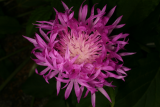
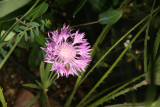
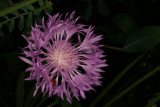
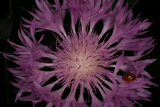
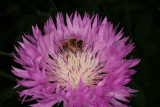
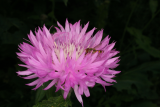
.JPG)



